Design History: How Fuel Prices Shaped the Look of Cars
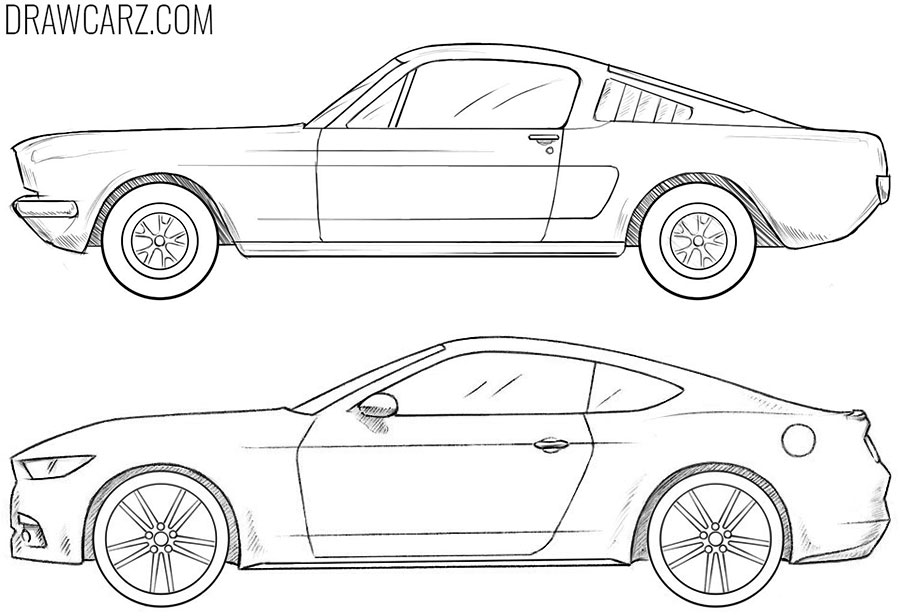
As automotive designers, we have always been fascinated by how creativity and engineering intertwine with economic and environmental factors to shape the cars we use every day. In this article, we want to share with you the amazing history of automotive design through the lens of one of the most influential factors: gasoline prices.
From the early days of the automobile to our high-tech present, every stage of automobile evolution has been closely linked to changes in fuel costs. These changes had a significant impact not only on the technical characteristics and functionality of cars, but also on their appearance, style and design.
From the elegant lines of classic cars to the sweeping shapes of modern electric vehicles, each era reflects its unique challenges and solutions.
Stages
The influence of gasoline prices on automobile design can be divided into several key eras, from the early days of automobile manufacturing to modern times:
Beginning of the Automobile Era (1890s – 1920s)
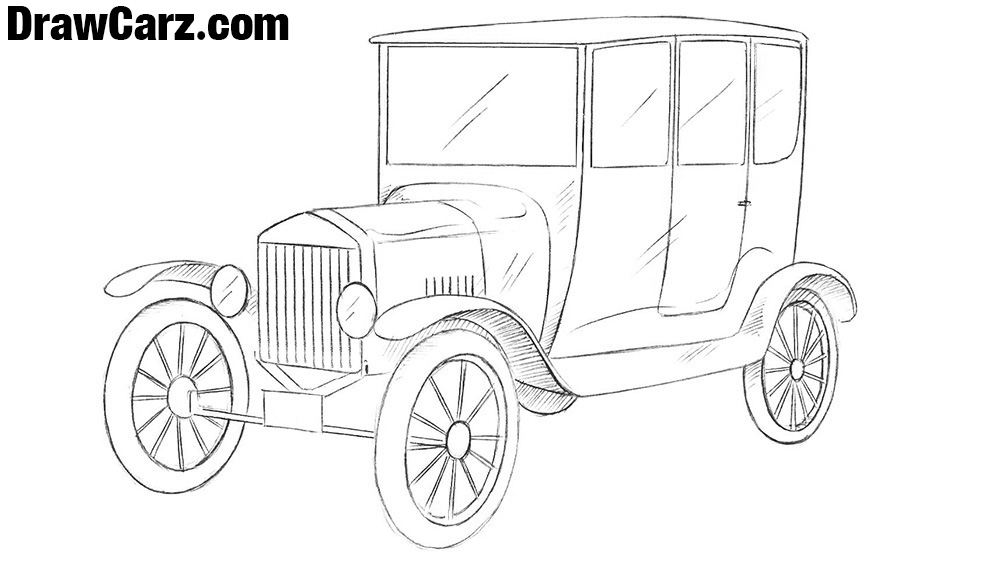
Period: During this time, cars were a novelty and gasoline prices did not play a significant role in design.
Design: The cars had a primitive and functional design. The main emphasis was on reliability and performance rather than fuel economy.
Age of Growth and Invention (1930s – 1950s)
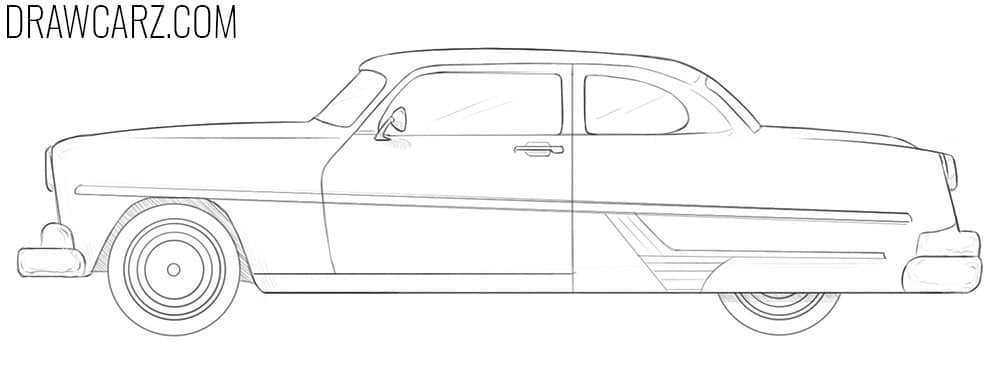
Period: With the development of the automobile industry and the increasing availability of gasoline, car designs became more diverse.
Design: Cars of this period became more stylish and comfortable. Gas prices were still not a key factor, so the design was focused on luxury and power.
Post-War Time and Heyday (1960s)

Period: After World War II, the economy grew and gasoline prices remained relatively low.
Design: Cars of this era featured bold and powerful designs. Large, heavy cars with powerful engines were in vogue.
Oil Crisis and Energy Turnaround (1970s)
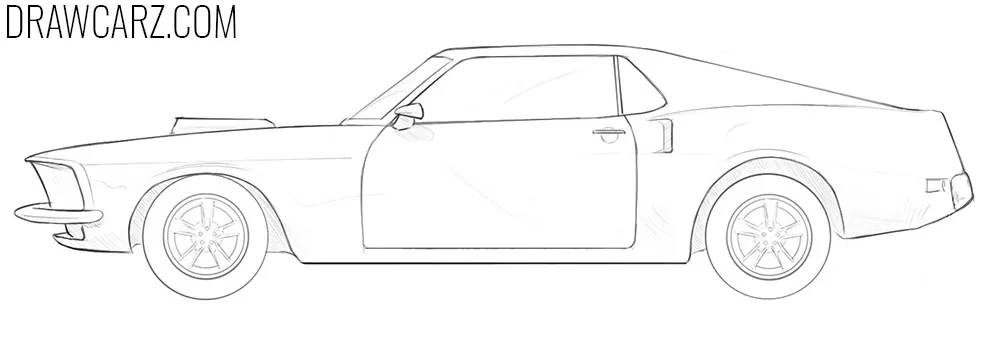
Period: The 1973 oil crisis sharply raised gasoline prices, forcing manufacturers to reconsider their approach to design.
Design: Manufacturers have begun to focus on fuel economy. This led to smaller cars, improved aerodynamics and the introduction of more efficient engines.
Age of Ecology and Technological Boom (1980s – 2000s)

Period: Growing awareness of the environmental impact of automobiles and fluctuating gasoline prices led to further innovation.
Design: Manufacturers have begun to introduce new technologies such as hybrid and electric engines. The design is more streamlined and functional with an emphasis on fuel efficiency.
Modern Era (2010s – Present)
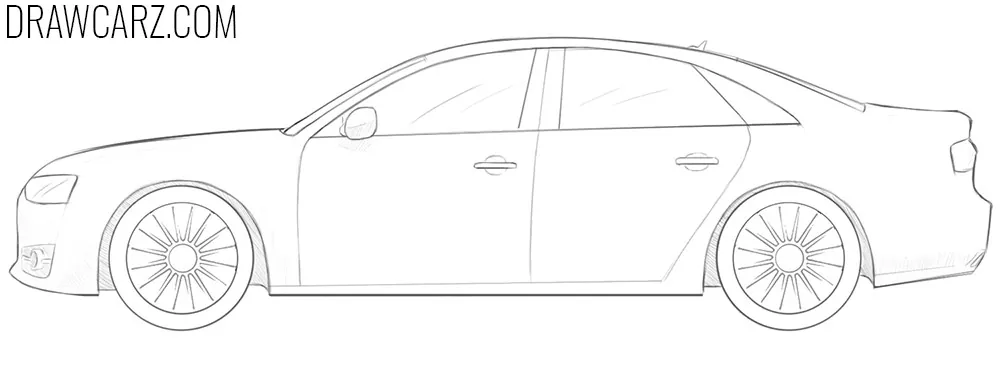
Period: Uncertainty and fluctuations in gasoline prices continue to impact the auto industry.
Design: Modern cars are characterized by high energy efficiency, the use of lightweight materials and advanced technologies. Electric vehicles and hybrids are becoming increasingly popular, reflecting the desire for sustainability and fuel economy.
Additional Factors
Besides gasoline prices, there are other significant factors that influence car design. These factors are very important in the context of this article, so let’s briefly list some of them:
- Technological innovation: Advances in materials science, electronics and information technology lead to the emergence of new design solutions. For example, the use of lightweight composite materials such as carbon fiber allows for lighter, more efficient vehicles.
- Global environmental changes and emission standards: Increasing regulatory requirements for environmentally friendly cars in various countries around the world are forcing manufacturers to reconsider both the engines they use and the overall design of cars.
- Development of automobile markets in different countries: Consumer preferences may differ significantly in different regions of the world, which leads to the development of unique models that suit local conditions and requirements.
- Urbanization and changing lifestyles: The growth of urban agglomerations and changes in the lifestyle of the urban population are influencing the demand for more compact, maneuverable and fuel-efficient cars, which also affects their design.
- Changing Social Values and Preferences: Social trends such as increasing awareness of the need for sustainable development are leading to an increase in demand for environmentally friendly and energy efficient cars.
- Safety and Ergonomics: Increasing standards of safety and comfort for drivers and passengers also has a significant impact on vehicle design. This includes both the exterior design elements and the interior of the vehicle.
- Integration with digital technologies: Advances in information technology mean that modern cars are equipped with various digital features and driver assistance systems, which also affects their interior and exterior design.
These factors, along with changes in gasoline prices, contribute to the constant evolution of automobile design, making it a multifaceted and diverse process.
Conclusion
How much will gasoline prices affect car design in the future? How will car design change in the future? What will be the tendencies and trends?
As we conclude our historical walk through the world of automotive design, I want to highlight how incredibly dynamic this process is. As automotive designers, we are constantly searching for a balance between aesthetic vision and practical constraints, including fuel costs and environmental sustainability.
New challenges and opportunities await us ahead. With increasing pressure from environmental regulations and fluctuating gasoline prices, we designers must be willing to adapt and innovate. I am confident that the automotive industry will continue to surprise and inspire by introducing new, smart and environmentally friendly solutions in vehicle design.
This design path reflects not only the evolution of technology and materials, but also changes in our ideas about what a car should be. And we look forward to what the future brings.

